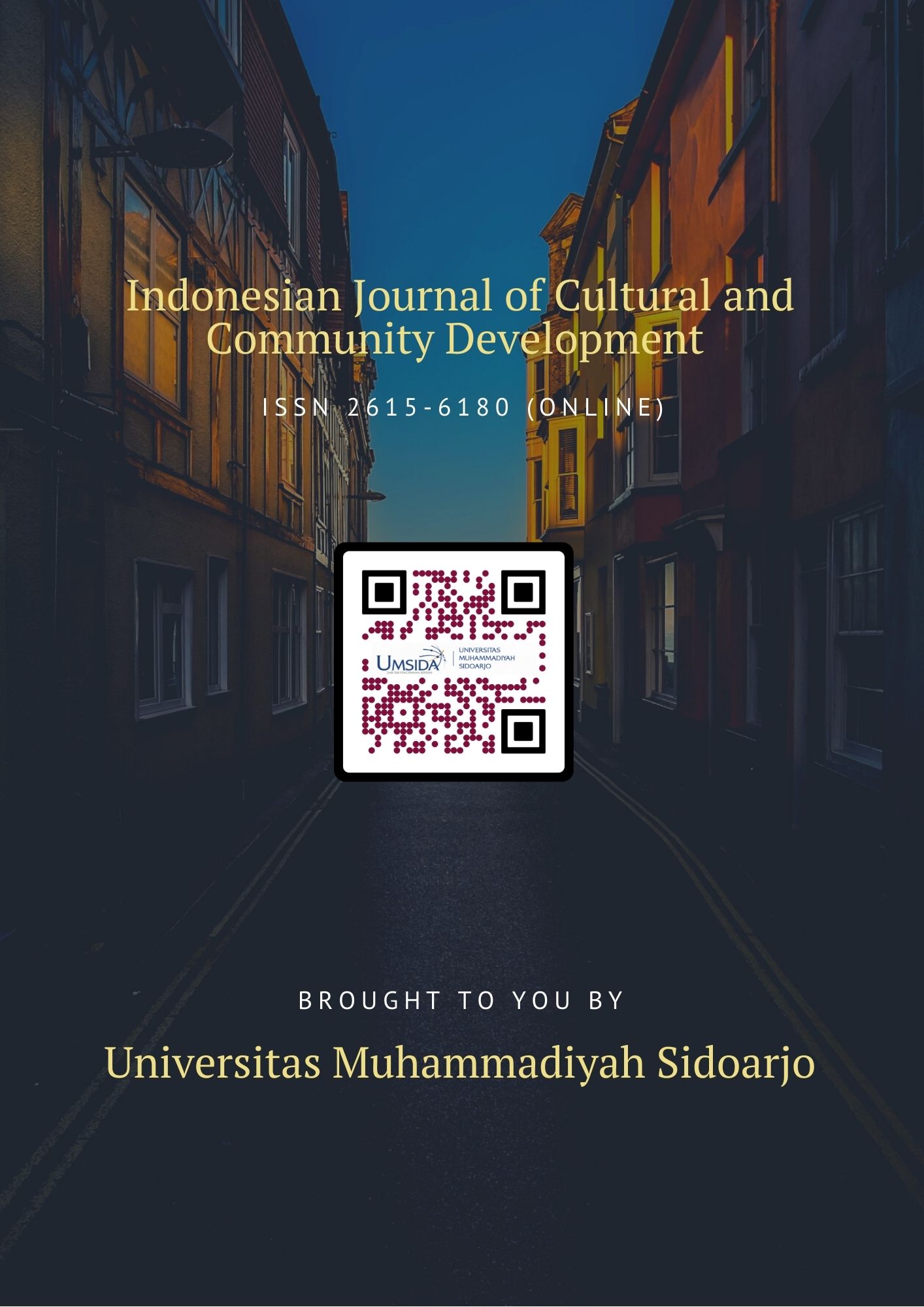Journalism as a Channel for the Aspirations of the Community and Students of MA. Al-Arqom Sarirejo: Jurnalistik Sebagai Penyalur Asprasi Masyarat dan Siswa MA. Al-Arqom Sarirejo
Published 2024-06-24
Keywords
- Journalism,
- Student Aspirations,
- Community Aspirations,
- MA Al-Arqom,
- Media Literacy
- Educational Communication ...More
How to Cite
Abstract
This study aims to explore the role of journalism as a channel for expressing aspirations within the environment of Madrasah Aliyah (MA) Al-Arqom Sarirejo, both for students and the surrounding community. In the era of information transparency, journalism functions not only as a medium for news dissemination but also as a participatory space for the public to voice their opinions, complaints, and hopes. Using a descriptive qualitative approach, data were collected through in-depth interviews, observations, and documentation. The results show that journalism activities at MA Al-Arqom serve as a constructive platform for expressing ideas and criticism in a polite and educational manner. Besides improving students’ media literacy, journalism activities also strengthen the relationship between the school and the community. The role of supervising teachers and active student involvement are key to the success of this journalism program. This study recommends strengthening journalism training and providing digital platforms as strategic steps to broaden the reach of public aspirations.
Highlights:
-
Journalism as a Voice – Empowers students and community to express opinions constructively.
-
Media Literacy Growth – Enhances students' critical thinking and communication skills.
-
School-Community Bond – Strengthens relationships through participatory media.
Keywords: Journalism, Student Aspirations, Community Aspirations, MA Al-Arqom, Media Literacy, Educational Communication
References
- D. McQuail, McQuail's Mass Communication Theory. London: SAGE Publications, 2010.
- W. Surakhmad, Dasar dan Teknik Penelitian: Suatu Pengantar. Bandung: Tarsito, 2008.
- M. Lauterborn, Community Journalism: A Grassroots Guide. Washington, DC: The Media Institute, 2007.
- W. J. Potter, Theory of Media Literacy. London: SAGE Publications, 2004.
- Y. Harsono, Jurnalistik Sekolah: Media Pendidikan Karakter. Jakarta: Gramedia, 2015.
- B. Kovach and T. Rosenstiel, The Elements of Journalism. New York: Three Rivers Press, 2007.
- O. U. Effendy, Ilmu Komunikasi: Teori dan Praktek. Bandung: Remaja Rosdakarya, 2006.
- P. J. Shoemaker and S. D. Reese, Mediating the Message in the 21st Century. New York: Routledge, 2013.
- S. J. A. Ward, Ethics and the Media: An Introduction. Cambridge: Cambridge University Press, 2011.
- A. A. Berger, Media and Communication Research Methods. London: SAGE Publications, 2000.
- S. J. Baran and D. K. Davis, Mass Communication Theory: Foundations, Ferment, and Future. Boston: Wadsworth, 2011.
- J. V. Pavlik, Journalism and New Media. New York: Columbia University Press, 2001.
- C. W. Anderson, Rebuilding the News: Metropolitan Journalism in the Digital Age. Philadelphia: Temple University Press, 2013.
- J. B. Singer, Participatory Journalism: Guarding Open Gates. Oxford: Wiley-Blackwell, 2008.
- S. Forde, Challenging the News: The Journalism of Alternative and Community Media. London: Palgrave, 2011.
- O. G. Bailey, B. Cammaerts, and N. Carpentier, Understanding Alternative Media. Maidenhead: McGraw-Hill Education, 2008.
- S. Retnaningsih, Jurnalistik Komunitas. Yogyakarta: Pustaka Pelajar, 2012.
- R. Nasrullah, Media Sosial: Perspektif Komunikasi, Budaya, dan Sosioteknologi. Bandung: Simbiosa, 2017.
- Sugiyono, Metode Penelitian Pendidikan: Pendekatan Kuantitatif, Kualitatif, dan R&D. Bandung: Alfabeta, 2016.
- L. J. Moleong, Metodologi Penelitian Kualitatif. Bandung: Remaja Rosdakarya, 2014.
- N. K. Denzin and Y. S. Lincoln, The SAGE Handbook of Qualitative Research. London: SAGE Publications, 2005.
- Haryatmoko, Etika Komunikasi. Yogyakarta: Kanisius, 2016.
- J. W. Cresswell, Research Design: Qualitative, Quantitative, and Mixed Methods Approaches. London: SAGE Publications, 2014.
- H. Jenkins, Convergence Culture: Where Old and New Media Collide. New York: NYU Press, 2006.
- L. A. Lievrouw and S. Livingstone, Handbook of New Media. London: SAGE Publications, 2006.
- UNESCO, Media and Information Literacy Curriculum for Teachers. Paris: UNESCO, 2011.
- Kementerian Pendidikan dan Kebudayaan, Panduan Ekstrakurikuler Jurnalistik Sekolah. Jakarta: Kemendikbud, 2020.
- Dewan Pers, Kode Etik Jurnalistik. Jakarta: Dewan Pers, 2012.
- M. Ali, Strategi Penelitian Pendidikan. Bandung: Angkasa, 2009.
- S. Arikunto, Prosedur Penelitian Suatu Pendekatan Praktik. Jakarta: Rineka Cipta, 2013.
